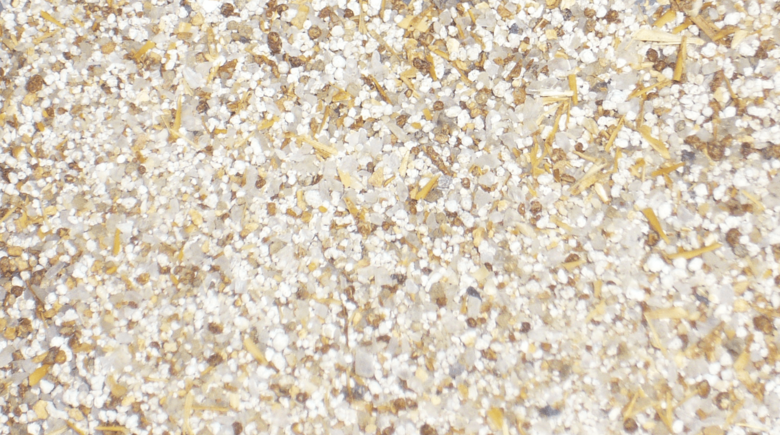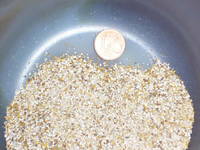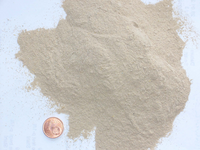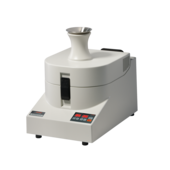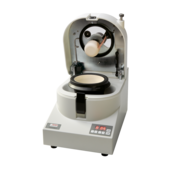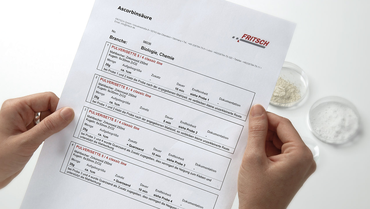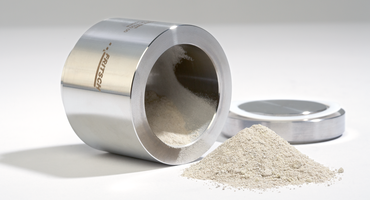Back to overview
Sample preparation of mineral animal feed
In regards to the mineral nutrients are for example calcium, phosphor, sodium, and magnesium to be identified. Also trace elements like copper, zinc, manganese and iron play a major part in the nutrition of animals. Unwanted substances are especially arsenic and heavy metals for example cadmium, lead and mercury. Then there is also the group of additives in which for example vitamins and also amino acids are included.
The chemical evaluation of animal feed is described in the VD LUFA Methodenbuch Volume III. In order to perform the chemical evaluation, for the sample preparation the production of a homogenous fine sample is stipulated. The fineness is described as „powder form“ whereas particles in no case can be larger than 0.5 mm and possibly not larger than 0.25 mm. If the mineral animal feed contains slightly volatile substances or even greater amounts of molasses from sugar beet production, the thermal impact of the samples during the processing should be kept at a minimum.
Recommended here, for the sample preparation is the use of the Mortar Grinder PULVERISETTE 2 with a grinding set made of agate. The mortar mill, is a mill, which per time unit, applies the least amount of energy to the mill charge. In the actual matter of mineral animal feed, a relatively good result is achieved after five minutes. In order to be absolutely certain that the sample is in accordance with the VD LUFA book Methodenbuch, volume III the sample was ground for ten minutes.
Here the sample is inside the agate mortar bowl. With agate the contamination of the sample with elements is excluded, which are determined in the following chemical analysis. Without a doubt, the result after ten minutes of treatment speaks for itself. An increase in the temperature could not be detected. Additionally, during the grinding, no dust atmosphere evolves above the sample inside the mill. A viewing window allows an visual evaluation of the achieved degree of preparation during the grinding. Therewith, the preparation conditions for samples with varying compositions can be perfectly optimized.
For years the Variable Speed Rotor Mill PULVERISETTE 14 classic line has been used for the comminution of animal feed. It enables a comminution in a short amount of time and an exact definition of the final fineness with the utilized sieve ring. A disadvantage of the PULVERISETTE 14 classic line is though, the warming inside the mill during the grinding process. This is problematic if the animal feed contains temperature sensitive ingredients like for example vitamin A, or finest particles which then are in part discharged from the inside of the mill through the funnel with the warmed expanded air.
-
Download the FRITSCH-report as PDF file
-
Detailed grinding reports
Back to overview

